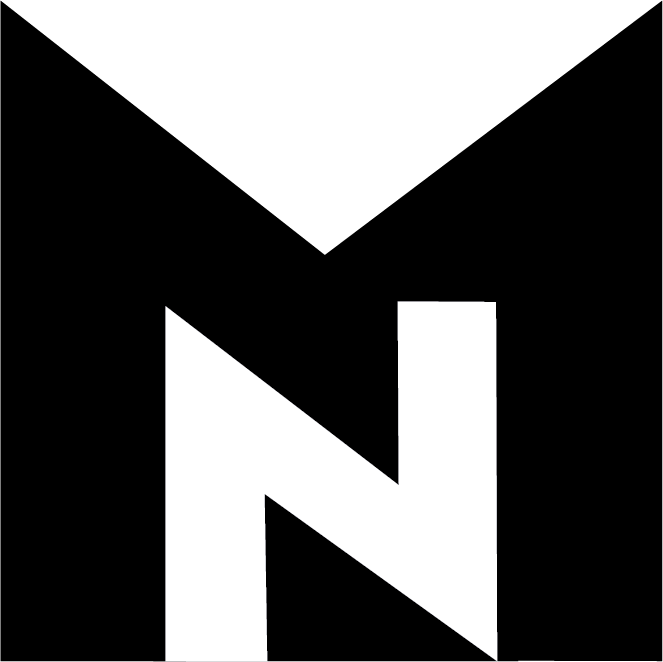Derided as "hipster", I nevertheless recently joined the mass of ubiquitous fixies in central Tokyo. I was fortunate enough to snatch up a good deal on an in very decent shape Kusaka-made Vivalo Pro Special with geometry that happened to fit my body shape perfectly. It sports a very unique paint job; it's listed as "champagne gold" but It's more like a metallic pink silver. The Vivalo logo decals are understated as well which is a plus.
Naturally, there was a bit of a learning curve in getting used to riding fixed. It was rather unsettling initially the feeling of having your feet in constant motion, especially on long descents and cutting tight corners. There is also some paranoia when riding without a rear brake and inebriated through Shibuya (There is a $250 fine per missing brake). But after a week of darting through the back streets I was in love.
Cycling has always been about the perfect tactile connection of man to analog machine. Riding a vintage Keirin frame can then be likened to shooting an old-school Leica. It's raw simplicity takes you back to the basics and elicits a greater consciousness of action. It's quite intuitive to slow your cadence accordingly to how fast you want to go; the resistance to stopping makes it feel like you are taming a wild mechanical beast. The direct connection to the wheel heightens your sensibility to the pavement. The unparalleled craftsmanship of this NJS certified frame is not unlike a vintage M; sImple, elegant with attention to detail and sturdy as hell whilst feeling balanced.
Vivalo 8630 Pro Special, Sugino 75 BB and 47T S-Cubic Crank, Dura-Ace 17t Cog, Kashimax Aero crocodile seat, Hed Jet 6 Front Aero wheel, Velocity Rear Wheel
The stiffness of a track bike amplifies rough patches in the road a bit but it's now my everyday weapon of choice and i'll use it for anything within central Tokyo. I'll still take the Pinarello out for 100km in the mountains or on social rides but for as light and technologically advanced as carbon frames and modern shifting systems are, personally it just lacks that intangible some may call "soul".
State-of-the-art wind tunnel testing, laser-cut and mass-produced by anonymous, automated robots in a pristine, sterile factory versus hand-made steel by a master artisan in a humble workshop; a parallel i liken to digital vs. film. All have their merits of course but for that feeling of pure primal joy nothing in my book trumps riding fixed and shooting film.
Just the other day i took the day off and rode down to Yokohama Chinatown to celebrate the Lunar New Year. It's the year of the sheep, which happens to be my year so this must be it! Here's to a legandary, life-defining year.
Vivalo in Yokohama Chinatown












